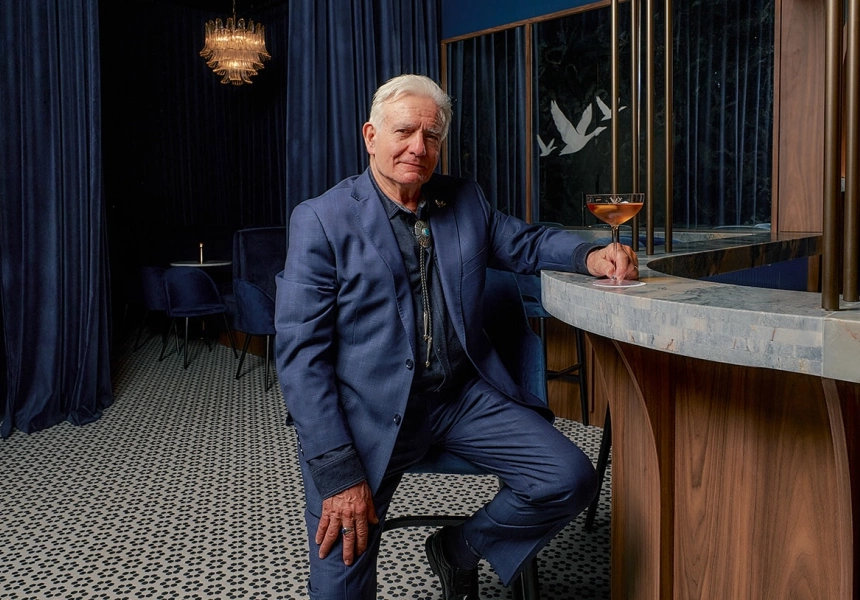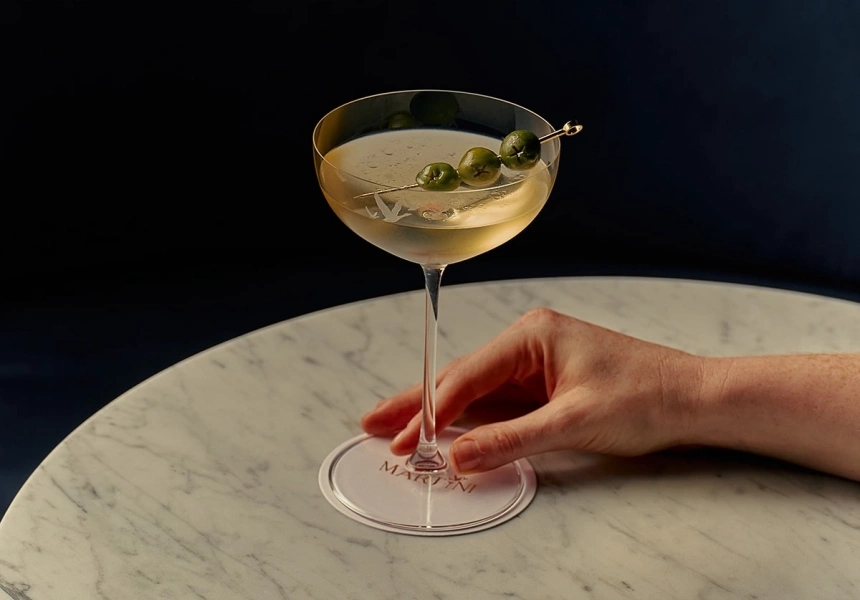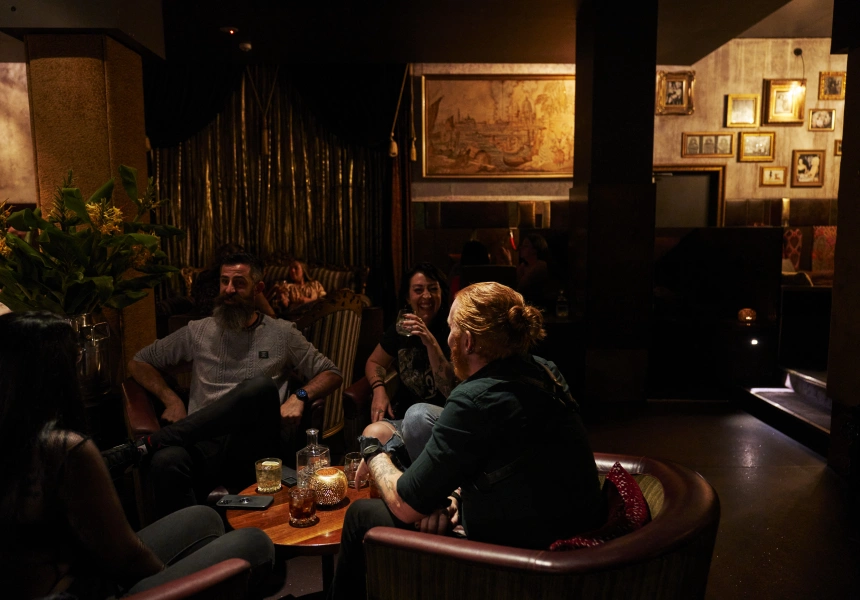Dale DeGroff is a legendary bartender, often called the father of the craft cocktail movement or King Cocktail. He is known for his work from 1987 to 1999 at the iconic New York City restaurant The Rainbow Room at Rockefeller Center. There, he helped usher in a new cocktail era with a focus on drinks created by pre-Prohibition era bartenders.
DeGroff is also the author of what many in the industry consider to be the bartender’s bible, The Craft of the Cocktail.
He was recently in town for the launch of Le Martini, a bar by Grey Goose that he curated three Martinis for, at Crown Melbourne. (Though DeGroff is no longer in town, his three Martinis are still available.)
Get the best of Broadsheet first with Today – our free newsletter. Our expert editors curate the day’s most interesting and useful stories – new restaurants, must-see exhibitions, fashion trends, travel spots and more.
SIGN UPWe took five minutes with DeGroff, who enjoyed a glass of cognac during our chat, and spoke about the Melbourne dive bar he loved visiting, his work at The Rainbow Room, and the story behind his famous Fitzgerald cocktail.
How do you find the bar scene in Australia?
Going back to my first trip – I think in the early aughts – when I was in Sydney and Melbourne, I went to Gin Palace; it’s a marvellous place. From that earliest trip, I had extraordinary cocktails [in Australia].
That diaspora from London that settled in several years ago has brought essentially the same level of expertise to Australia that we have anywhere else in the world.
Where did you drink while you were in Melbourne earlier this year?
I went to some fun dive places. I went to Caretaker’s Cottage – divey, but really great drinks.
And down the block, we ended up going to this crazy place upstairs, Hats and Tatts. It was really a dive bar. All the other bartenders were shocked that I went there. I got there and everybody sitting at the bar either had blue hair or multiple punctures and things hanging down from their heads and their noses. I love dive bars and I love the people you meet there.
Are there any trends you’ve noticed overseas that haven’t made it here yet? Or any trends here that haven’t made it overseas?
Honestly, no, I think the internet has taken care of that.
People say, “What’s the new flavour? What’s the new this? What’s the new that?” And my answer to that is, what’s happened is we’ve crossed over a threshold. We became culinary, in a way. What I mean by culinary is we’re catering to a group of people who have gone through a 15- or 20-year culinary revolution and really love a big flavour and really wanted to take chances.
So now we have our own mother sauces. The Sours. The Martini Manhattan-style. The strong stirred trade, being the Old Fashioned. We have these bases and we’re just adding really unusual – in some cases, culinary – ingredients to fill out these spaces in these mother sauces. So it’s not so much about, “What’s the new flavour? What’s the new drink?” as it is the creativity and the technique that bartenders are now using that makes anything possible.
Can we talk about your work at The Rainbow Room?
What I did at The Rainbow Room really hadn’t been done since before Prohibition. My job was to bring back drinks that had been missing from the American lexicon of cocktails for lots of reasons. Joe Baum, the genius that I worked for, really did change the way people [ate and drank] in the United States starting in 1953 right up through the end of the millennium.
He’s the one who pushed me in the direction of re-creating the original golden age of the cocktails at The Rainbow Room. Because The Rainbow Room opened in the ’30s, Joe wanted dishes with tradition and he wanted drinks with tradition. He was serving lobster thermidor and baked alaska. He wanted to have drinks that were served in that era or the era before. And that’s what we did.
If you were starting today, where would you look for work?
You want to go to somebody that shares your vision, whatever that might be. There’re so many different kinds of bars, you have to decide what your vision of hospitality is. And what do you want to do with your life? The Rainbow Room era when I was there – from ’87 to ’99 – that was the era of my sons growing up in grade school, high school. And I didn’t have dinner with them at night. I didn’t do their homework with them at night. Their mother did that – their mother is a saint. I’m still married to this woman after 43 years. And it’s a friggin’ miracle, to tell you the truth. I’m just saying this because if you do want to do this and you want to have a family, it doesn’t always work out.
Do you have a favourite name for any of the cocktails you’ve made throughout your career?
Names are so important. We used to [make] drinks a la minute for people [at The Rainbow Room]. One guy came in and said, “Can you make me a gin drink? I’m tired of gin and tonic in the summer.”
So I put together a gin sour, took four or five big dashes of Angostura bitters and shook it really hard and it got a tan foam on top. He said, “What do you call this?” I said, “It’s The Gin Thing.” And I wanted to put it on this fancy menu we had. And a woman who used to work at the New Yorker magazine came in and said “Oh, no, no, no, you can’t do that. You can’t put a drink called The Gin Thing on the menu with the Old Fashioned and the Ramos Fizz and the South Side.” She said, “You have the Hemingway Daiquiri. Why don’t you put Fitzgerald on the menu because Fitzgerald drank gin and, if you’re gonna give Hemingway some space, give Fitzgerald some space.” So I called it the Fitzgerald.



